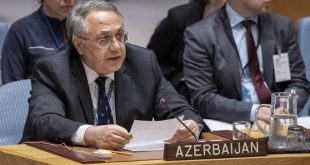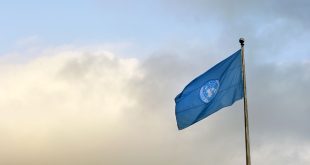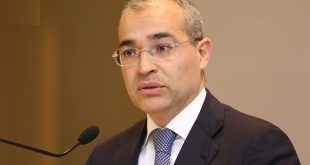
Kuhlman and Farrington, in their article, tried to find an answer to the question of ‘What is Sustainability?’ by explaining the concept of sustainability using the definition of it introduced by Brundtland’s report adopted in UN Agenda for Development. However, I doubt that if they even were closer to define the theoretical concept of sustainability by only talking over Brundtland’s Report. Most of the time, discussion seemed to me as a concept, which was explaining or, if I may call it, discovering relationship between humankind and nature. Kuhlman and Farrington introduced two views of this relationship: harmony between these two and invasion of nature by humankind. At the end we’ll witness that we are invading our nature.
“Many dead, few living and countless others unborn”
For my point of view, Kuhlman’s this quote from one Nigerian tribal chief’s is quiet good example of what is to say that sustainability is a struggle between humankind and nature. The quote reminds me of Hardin’s “Tragedy of commons” when he quoted Bentham’s goal: “Greatest good for the greatest number of population”. Hardin explains that population growth is inevitable and for the sake of happy life people are maximizing their level of consumption. Everybody on terrestrial zone is only thinking about his or her profit
As government is responsible for the welfare of population, not individual happiness, Kuhlman’s happiness context explains that sustainability is much more related with the concept of human’s welfare or well-being, rather than their happiness. I think that, while government policies are trying to reach the maximum level of welfare and at the same time, taking necessary steps for not crossing the thresholds of planetary boundaries, they are contradicting themselves. Thus, Kuhlman and Farrington defined sustainability as maintaining well-being over a long period of time. As mentioned in Hardin’s article, if we take the role of Adam Smith’s ‘invisible hand’ for the sake of welfare and development of society there is a question: how far we will sacrifice the planet of Earth? Kuhlman and Farrington classify recourses into natural, man-made and human capital. Didn’t we ever think that where we get that human and man-made capital. I doubt that there is any classification at all. These all are what planet Earth gave to the human beings and continues to give.
Therefore, we are now threatening to transgress the thresholds of planetary boundaries. Climate change occurs as a result of loss of polar ice sheets, ocean acidification affects marine biodiversity, for the sake of socio-economic development, land system change puts whole ecosystem under big risk, etc. This is our weak sustainability, if I may call it even sustainability. We are always seeking hidden personal social-economic development under the concept of ‘invisible hand’. I think that socio-economic development won’t make sustainability to switch from weak to strong. Back to the Nigerian tribal chief’s quote, ‘countless others unborn’ is waiting for their pray from the rest of loot.
Every coming nations live for maximizing the level of happiness. This is ‘happy planet’ and we are ‘happy people’ of this planet. In the context of happiness, it’s still blurry to me whether people are trying to achieve a better environment or a better economy. Here is a question: “What we, people of this planet are searching for our profit or the care of the environment in order to deliver a better Earth to future generations? Did we start to consume the resources that aren’t our any longer? This a question that definitely will lead to a clash of social-economic development and environmental one.
By: Zeynab Abdullayeva
 Oval Useful news from Azerbaijan and Caucasus
Oval Useful news from Azerbaijan and Caucasus


